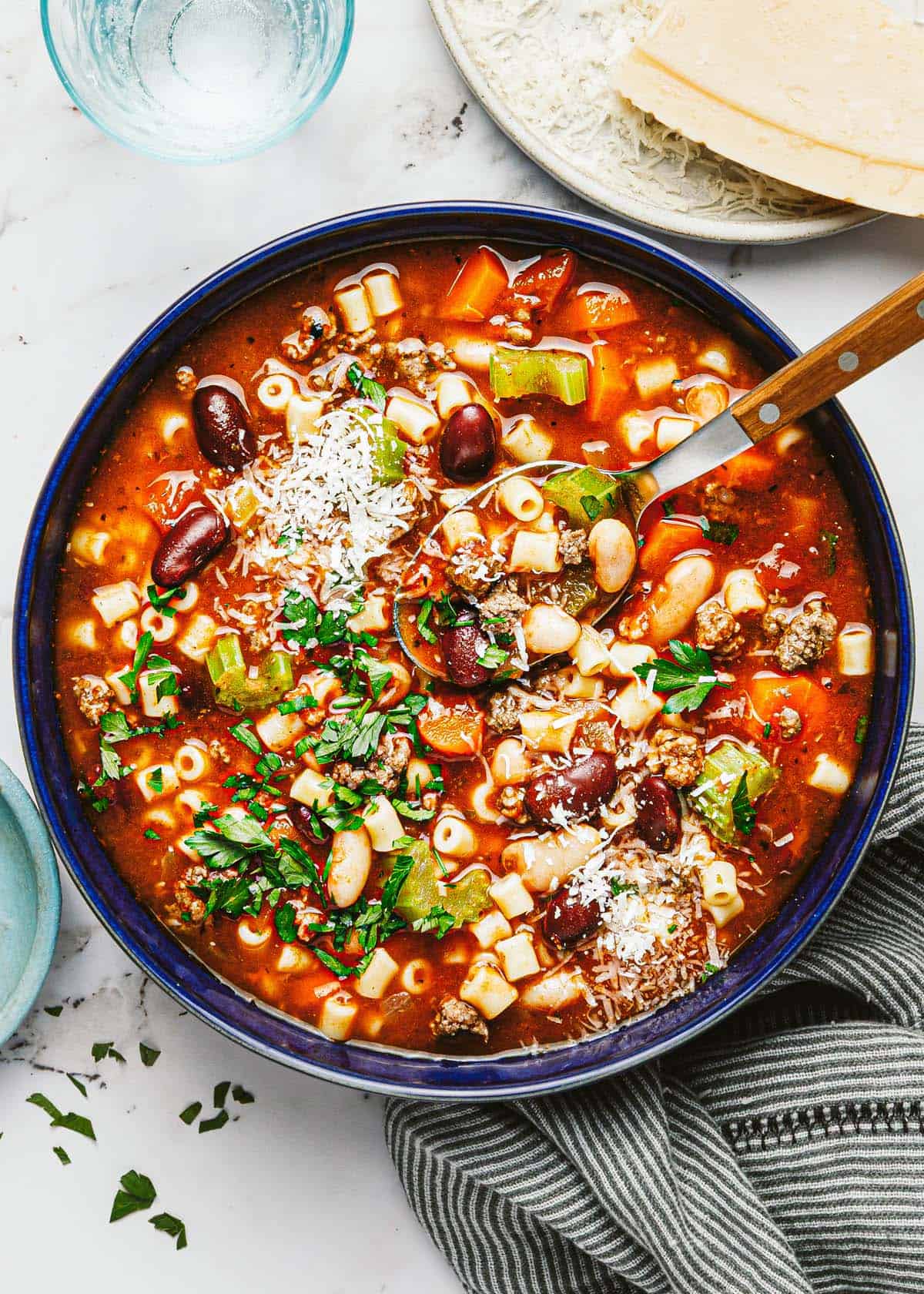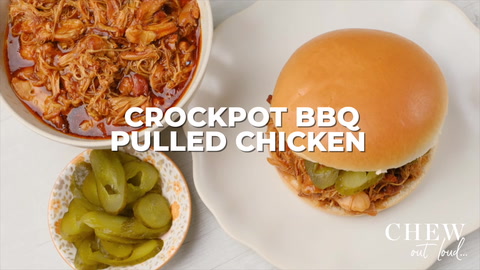Low Sodium Dog Food: A Complete Guide to Healthier Nutrition for Your Canine
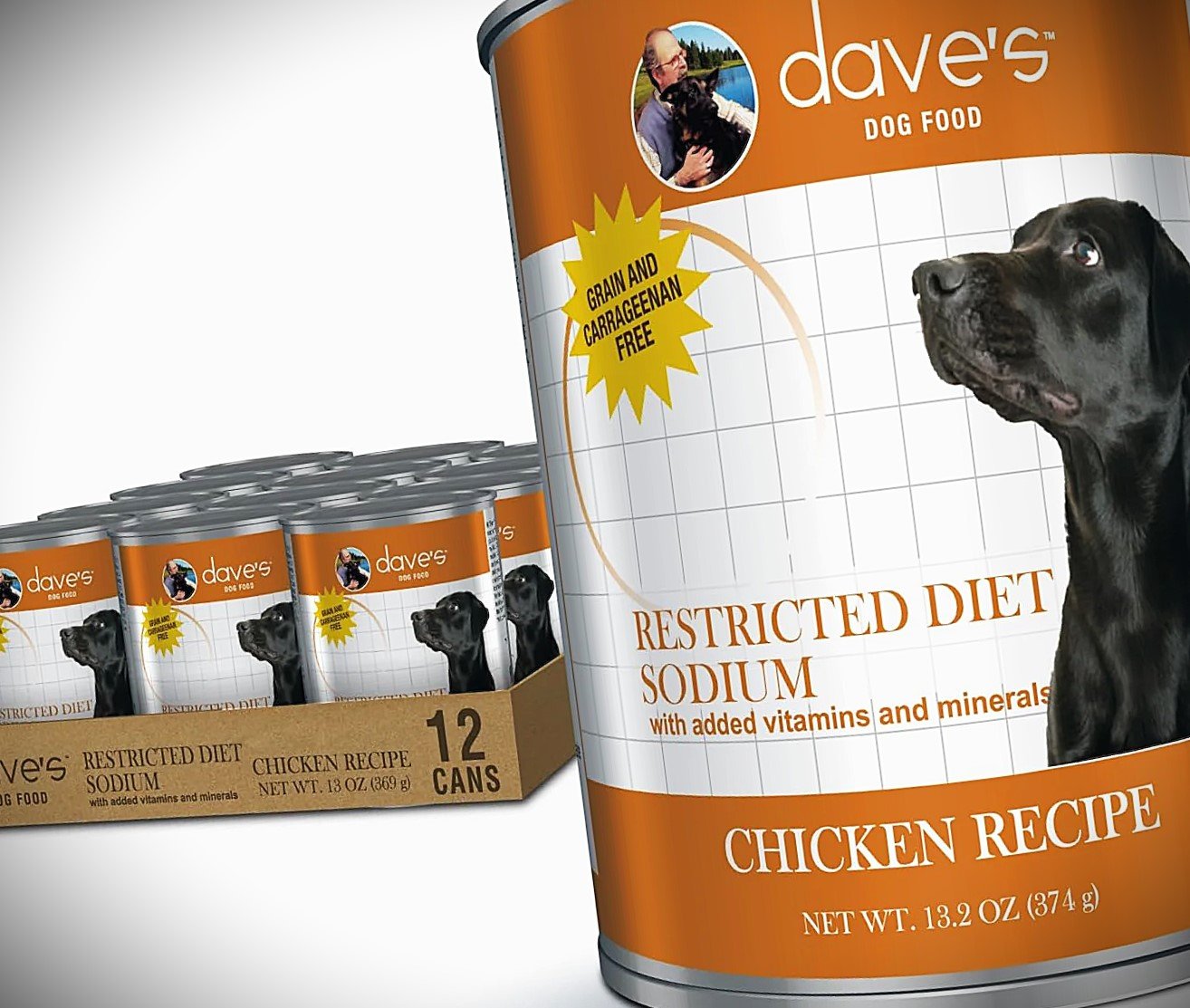
Introduction
When it comes to our pets, few things matter more than their diet. Sodium Dog Just like humans, dogs thrive on balanced nutrition, and what they eat plays a huge role in their overall health. While many commercial dog foods provide essential nutrients, some contain high amounts of sodium—an ingredient that, in excess, can be harmful to certain dogs. For pups with health conditions like heart disease, kidney problems, or high blood pressure, a low-sodium dog food diet can make all the difference.
But what exactly does “low sodium” mean for dogs? Which dogs need it? And how can you choose the best low-sodium dog food without sacrificing flavor or nutrition? In this in-depth guide, we’ll explore everything you need to know, from the importance of sodium in a dog’s diet to the best ingredients, store-bought brands, and homemade alternatives. By the end, you’ll feel empowered to make healthier choices for your four-legged friend.
The Role of Sodium in a Dog’s Diet
Sodium is an essential mineral that plays several vital roles in canine health:
- Helps maintain fluid balance in the body
- Supports nerve function and muscle contractions
- Contributes to normal blood pressure regulation
In small amounts, sodium is necessary for survival. However, problems arise when sodium intake consistently exceeds healthy levels—especially for dogs prone to cardiovascular or kidney issues.
Why Low Sodium Dog Food May Be Necessary
1. Heart Disease
Dogs with congestive heart failure or other cardiac conditions often retain excess fluid. Reducing sodium helps minimize fluid buildup and reduces strain on the heart.
2. Kidney Disease
When kidneys aren’t functioning properly, they struggle to regulate fluid and electrolyte balance.
3. High Blood Pressure
Sodium contributes to elevated blood pressure. Lowering intake helps prevent complications like stroke, organ damage, or worsening heart disease.
4. Senior Dogs
A diet lower in sodium can help manage age-related conditions.
5. Breeds at Risk
Certain breeds, like Cavalier King Charles Spaniels and Dachshunds, are genetically predisposed to heart problems and may benefit from reduced sodium early in life.
What Counts as Low Sodium Dog Food?
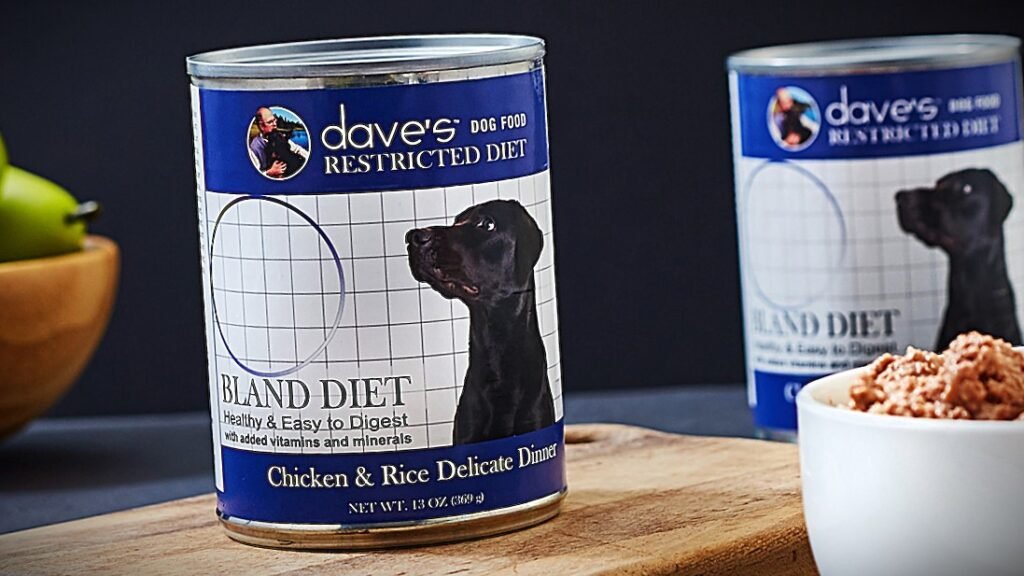
The Association of American Feed Control Officials (AAFCO) provides guidelines for nutrient levels in pet foods. While there’s no strict definition of “low sodium” for all dogs, here are some general benchmarks:
- Moderate sodium restriction: Around 0.2–0.3%.
- Strict sodium restriction: 0.1% or less, often prescribed for dogs with advanced heart disease.
It’s essential to consult with a veterinarian before making drastic changes, as sodium needs vary depending on your dog’s health.
Key Ingredients in Low Sodium Dog Food
When choosing a diet, focus on whole, nutrient-rich ingredients that naturally support heart and kidney health.
Recommended Ingredients
- Lean proteins: Chicken, turkey, fish, and eggs for muscle maintenance.
- Whole grains: Brown rice, oats, quinoa for steady energy.
- Vegetables: Carrots, peas, pumpkin, and leafy greens for fiber and vitamins.
- Fruits: Blueberries, apples (without seeds), and bananas for antioxidants.
- Healthy fats: Omega-3-rich sources like salmon oil or flaxseed oil to reduce inflammation.
Ingredients to Limit or Avoid
- Highly processed meats (bacon, deli meat)
- Excessive salt or sodium chloride
- Flavor enhancers like monosodium glutamate (MSG)
- High-sodium broths or gravies
Benefits of Low Sodium Dog Food
- Supports Heart Function – Reduces strain on the heart and helps manage symptoms of congestive heart failure.
- Protects Kidney Health – Prevents excess fluid retention and eases kidney workload.
- Balances Blood Pressure – Helps stabilize blood pressure in dogs prone to hypertension.
- Promotes Longevity – A heart-healthy diet supports overall quality of life and lifespan.
- Reduces Fluid Retention – Dogs with swollen bellies or coughing due to fluid buildup may see improvement.
Store-Bought Low Sodium Dog Food Options
Many reputable brands now offer formulas designed for dogs needing sodium restriction. Always check labels and consult with your vet, but here are some popular options:
- Royal Canin Veterinary Diet Cardiac – Supports heart and vascular health.
- Blue Buffalo Natural Veterinary Diet KS (Kidney Support) – Targets kidney health while keeping sodium low.
- Wellness Complete Health Senior – Lower sodium for older dogs, with balanced nutrition.
- Homemade-style brands like The Farmer’s Dog or Ollie – Allow customization of sodium levels.
Homemade Low Sodium Dog Food Recipes
For dog owners who prefer total control over ingredients, homemade meals are an option—provided you work with a veterinarian or canine nutritionist.
Example Recipe: Chicken and Rice Low Sodium Meal
Ingredients:
- 1 cup cooked chicken breast (shredded)
- ½ cup cooked brown rice
- ½ cup steamed carrots and peas
- 1 tsp fish oil (for omega-3s)
Instructions:
- Mix all ingredients in a bowl.
- Let cool before serving.
This provides balanced protein, carbs, and fiber without added sodium.
Transitioning Your Dog to Low Sodium Food
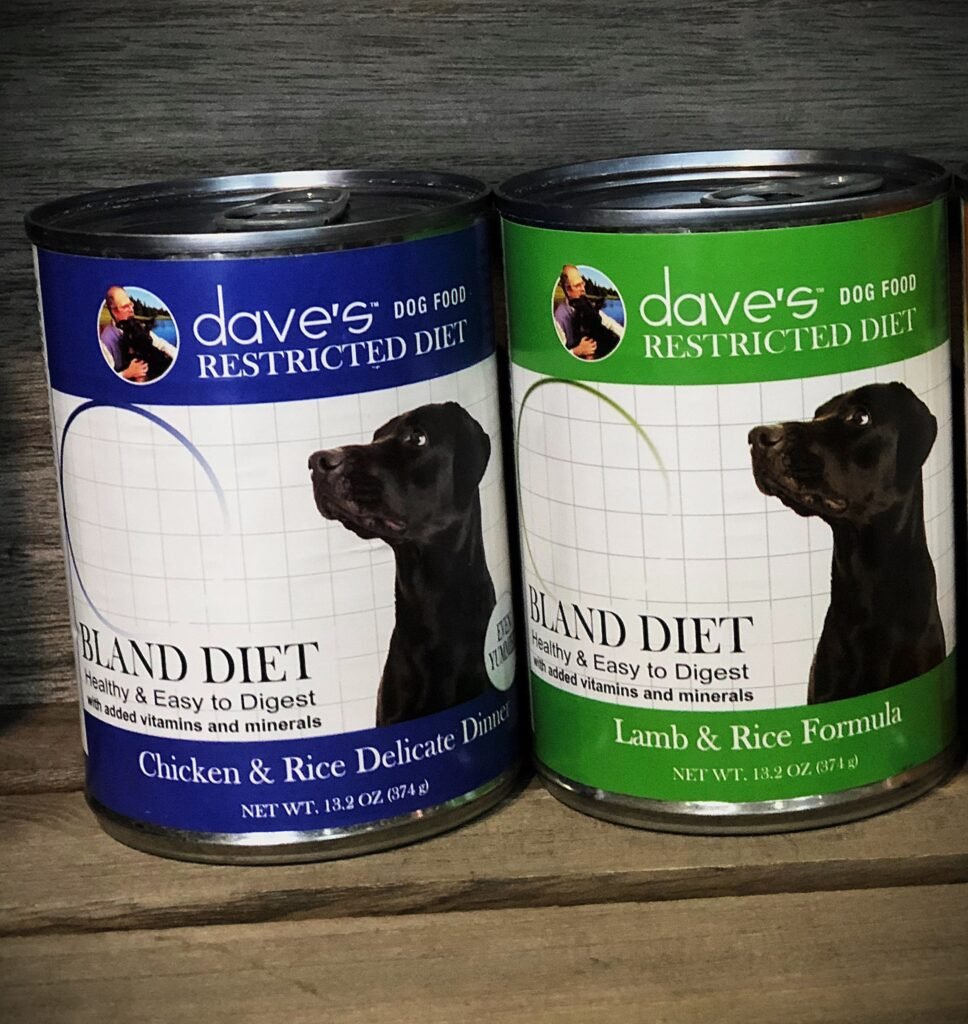
Here’s how to transition smoothly:
- Gradual Mix – Replace 25% of old food with new food, increasing over 7–10 days.
- Monitor Health – Watch for changes in energy, appetite, or digestion.
- Hydration – Encourage plenty of fresh water to support kidney and heart health.
- Treats Count Too – Choose low sodium treats like dehydrated sweet potato slices or apple slices.
Common Myths About Low Sodium Dog Food
- Myth: All dogs should eat low sodium food.
Fact: Only dogs with specific health concerns need restricted sodium. Healthy dogs benefit from normal levels. - Myth: Low sodium means bland food.
Fact: Flavor comes from natural ingredients like herbs, lean meats, and vegetables—not added salt. - Myth: Homemade is always better.
Fact: Homemade can be great, but only if properly balanced with veterinary guidance.
When to Talk to Your Veterinarian
If your dog shows symptoms like coughing, bloating, fatigue, or excessive thirst, consult a vet immediately. These could be signs of heart or kidney issues, and a low sodium dog food diet may become part of the treatment plan.
Regular vet visits, blood tests, and monitoring are crucial for managing conditions that require sodium restriction.
Conclusion
Choosing the right diet for your furry companion is one of the most important decisions you’ll make as a pet owner. For dogs with heart disease, kidney problems, or high blood pressure, low sodium dog food can make a life-changing difference. By reducing fluid retention, easing organ strain, and supporting overall health, a well-balanced low sodium diet helps dogs live longer, happier lives.
Whether you opt for a trusted veterinary formula, a high-quality commercial brand, or carefully crafted homemade meals, the key is working closely with your veterinarian to meet your dog’s unique needs. With the right nutrition, love, and care, your dog can thrive—even with special dietary requirements.



